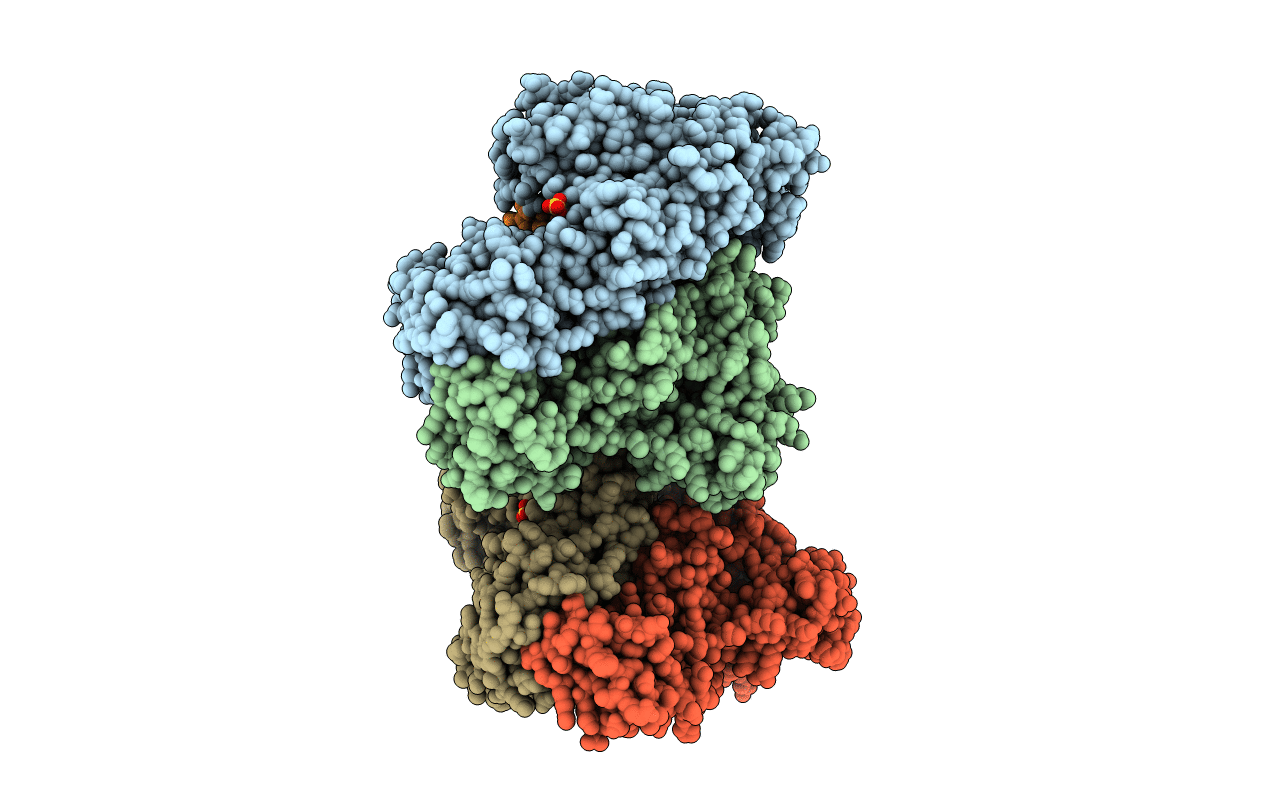
Deposition Date
2021-02-17
Release Date
2022-02-23
Last Version Date
2023-10-18
Entry Detail
PDB ID:
7LRX
Keywords:
Title:
Structure of HIV-1 Reverse Transcriptase in complex with DNA, L-dCTP, and CA(2+) ion
Biological Source:
Source Organism:
Human immunodeficiency virus type 1 (Taxon ID: 11676)
synthetic construct (Taxon ID: 32630)
synthetic construct (Taxon ID: 32630)
Host Organism:
Method Details:
Experimental Method:
Resolution:
2.90 Å
R-Value Free:
0.24
R-Value Work:
0.20
R-Value Observed:
0.20
Space Group:
P 1 21 1


